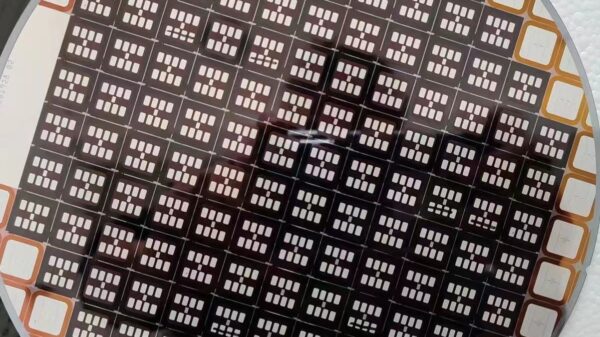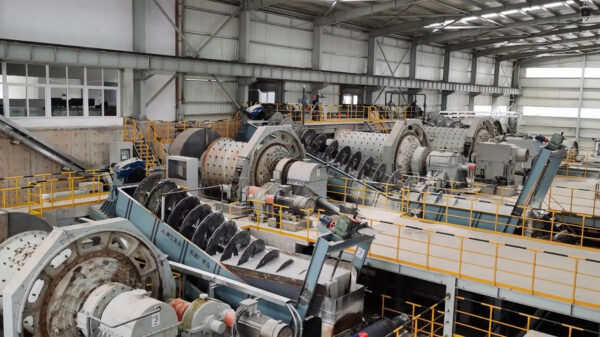As the microprocessing capacity of Dynamic Random Access Memory (DRAM) chips reaches its limit, a range of research initiatives is underway to transcend these barriers. SK Hynix has underscored the urgent need for advances in patterning, cell capacitors, and low-resistance wiring, with fresh alternatives such as 3D DRAM being touted as possible successors to microprocessing.
Deokshin Gil, Vice President of SK Hynix, told attendees at the '2023 Next-Generation Memory Process Equipment/Material/Technology Conference', held in Seoul's COEX Tower, "The boundaries of microprocessing in DRAM technology are fast becoming evident, posing significant challenges. To surmount these, we. . .






















